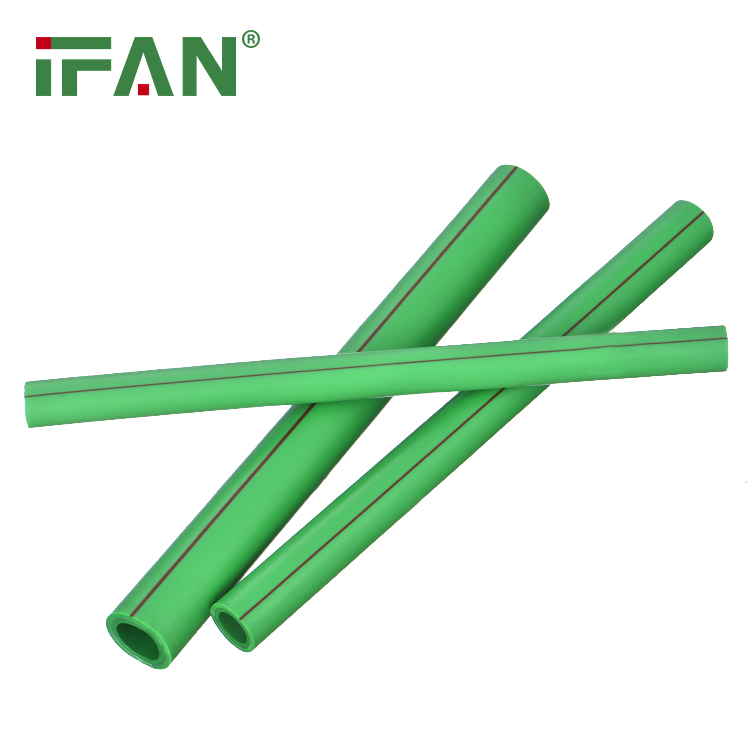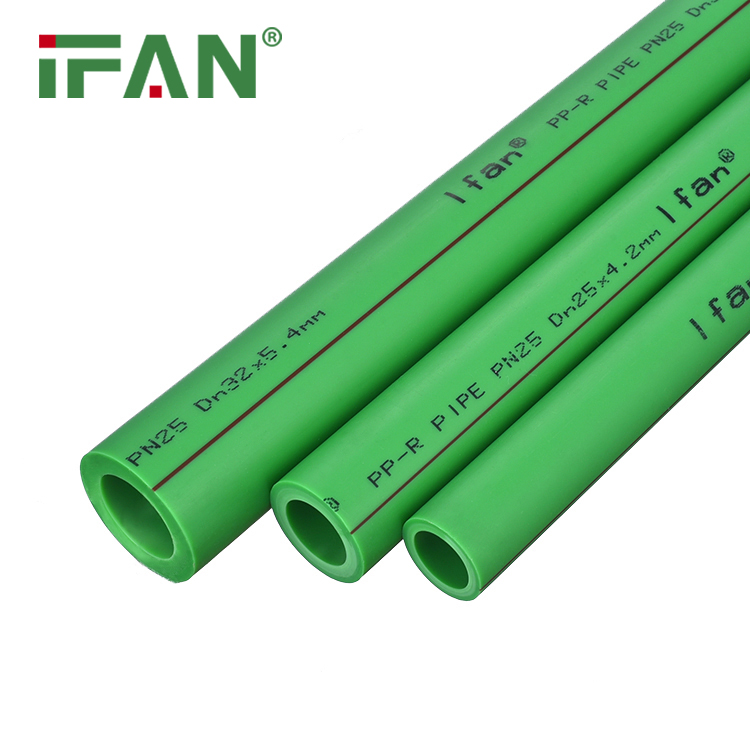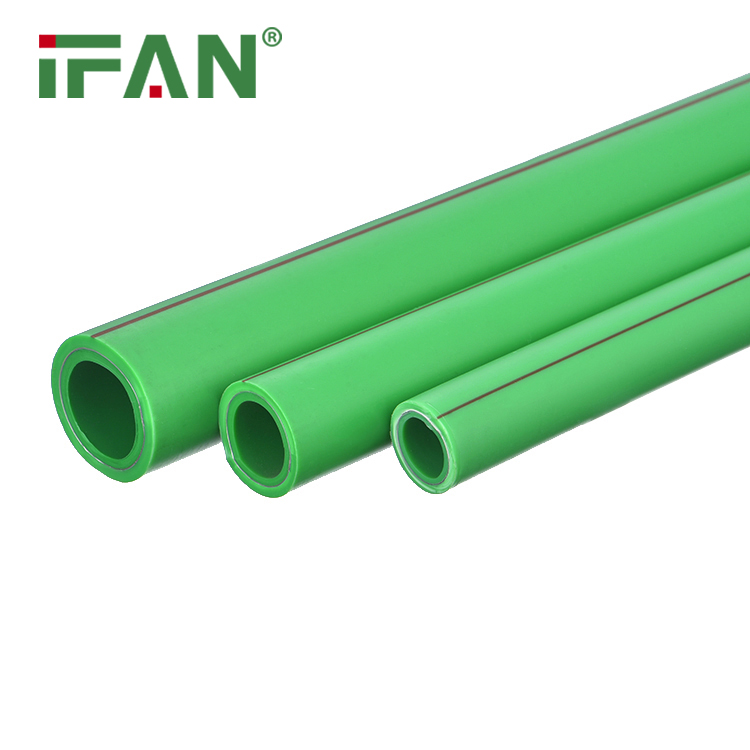PPR Pipe: The Ultimate Guide
PPR (Polypropylene Random) pipe is a widely used plastic piping system that offers numerous advantages in various industries and applications. This comprehensive guide provides detailed insights into PPR pipe, covering its composition, manufacturing process, advantages, installation methods, and applications.

Composition and Manufacturing Process of PPR Pipe
PPR pipe is made from polypropylene random copolymer, which is a thermoplastic material known for its excellent properties. The manufacturing process involves the extrusion of melted polypropylene resin through a die, resulting in the formation of PPR pipes. The pipes are then cooled and cut into desired lengths.
Advantages of PPR Pipe
- Corrosion Resistance: PPR pipe is highly resistant to corrosion, making it suitable for applications involving aggressive chemicals or environments.
- High Temperature Resistance: PPR pipe can withstand high temperatures, making it ideal for hot water distribution systems.
- Low Thermal Conductivity: PPR pipe has low thermal conductivity, providing excellent insulation and energy efficiency in heating and cooling systems.
- Smooth Inner Surface: PPR pipe has a smooth inner surface, minimizing friction loss and reducing the chances of scale or sediment buildup.
- Longevity: PPR pipe has a long service life and can withstand the rigors of various applications, ensuring durability and reliability.
Installation Methods of PPR Pipe
PPR pipe can be installed using two main methods:
- Heat Fusion: Heat fusion involves the use of a fusion machine to heat the ends of the PPR pipe and fittings. Once heated, the pipe and fitting are pressed together, creating a strong and leak-proof joint as the material cools down.
- Mechanical Joints: Mechanical joints utilize fittings with threaded or compression connections. These fittings are secured onto the PPR pipe using appropriate tools, ensuring a reliable and secure connection.

Applications of PPR Pipe
PPR pipe finds application in a wide range of industries and applications, including:
- Residential Plumbing: PPR pipe is extensively used in residential plumbing systems, providing a reliable and leak-free water supply to kitchens, bathrooms, and other fixtures.
- Commercial and Industrial Plumbing: PPR pipe is the preferred choice for commercial and industrial plumbing due to its durability and resistance to chemicals, offering reliable water distribution in hotels, hospitals, offices, factories, and other establishments.
- Heating and Cooling Systems: PPR pipe is used in heating and cooling systems, including underfloor heating, radiator networks, and air conditioning installations. Its thermal insulation properties and resistance to high temperatures contribute to efficient heating and cooling performance.
- Agricultural Irrigation: PPR pipe is utilized in agricultural irrigation systems, ensuring efficient water distribution to farms and fields. Its UV resistance and durability make it suitable for outdoor installations.
- Other Applications: PPR pipe also finds application in rainwater harvesting systems, compressed air networks, and chemical transportation systems, among others.

Conclusion
PPR pipe is a versatile and durable plastic piping system that offers numerous advantages in various industries and applications. Its corrosion resistance, high-temperature resistance, low thermal conductivity, smooth inner surface, and longevity make it a superior choice for plumbing, heating, cooling, and agricultural irrigation systems. By understanding the composition, manufacturing process, advantages, installation methods, and applications of PPR pipe, professionals can make informed decisions when selecting piping materials for their projects.





